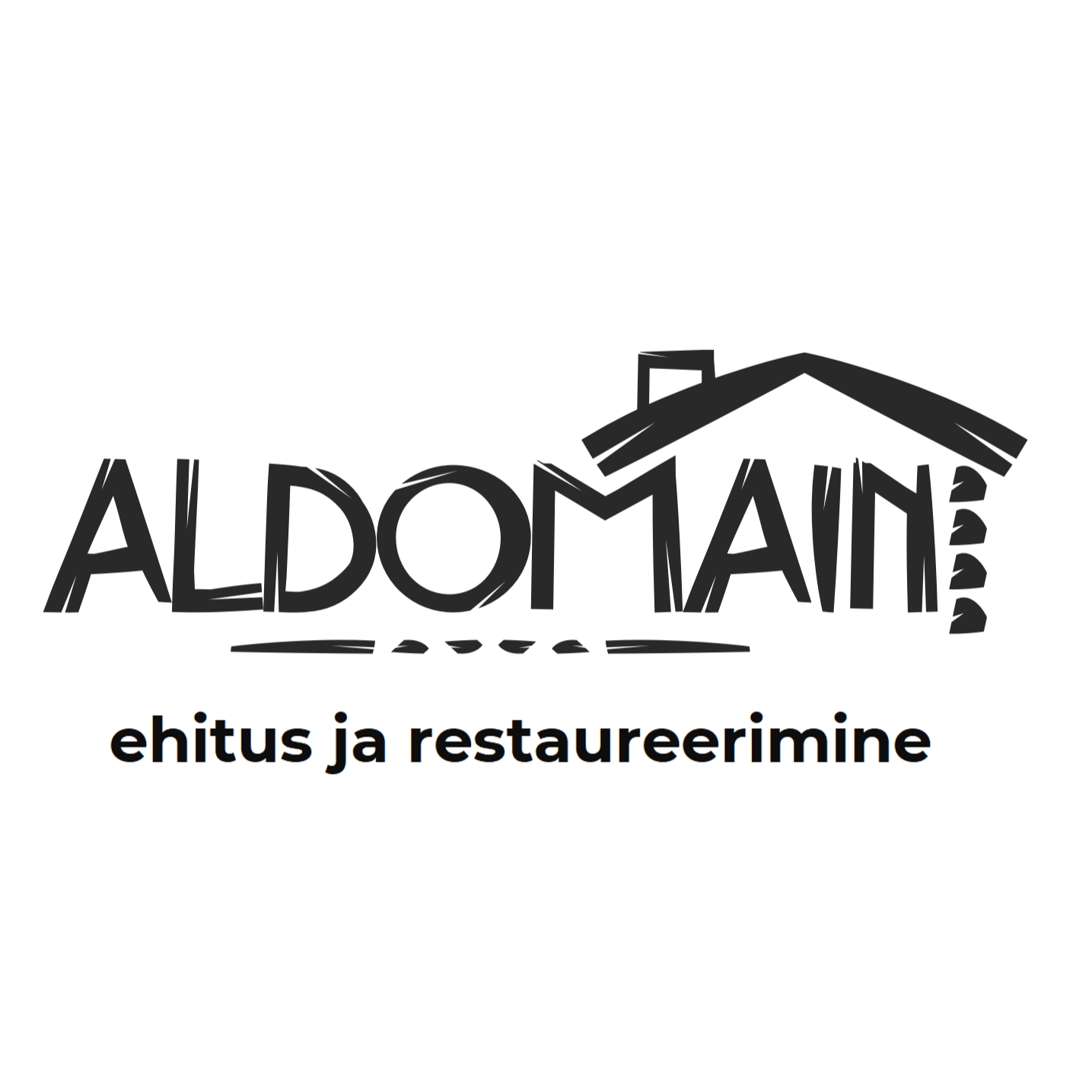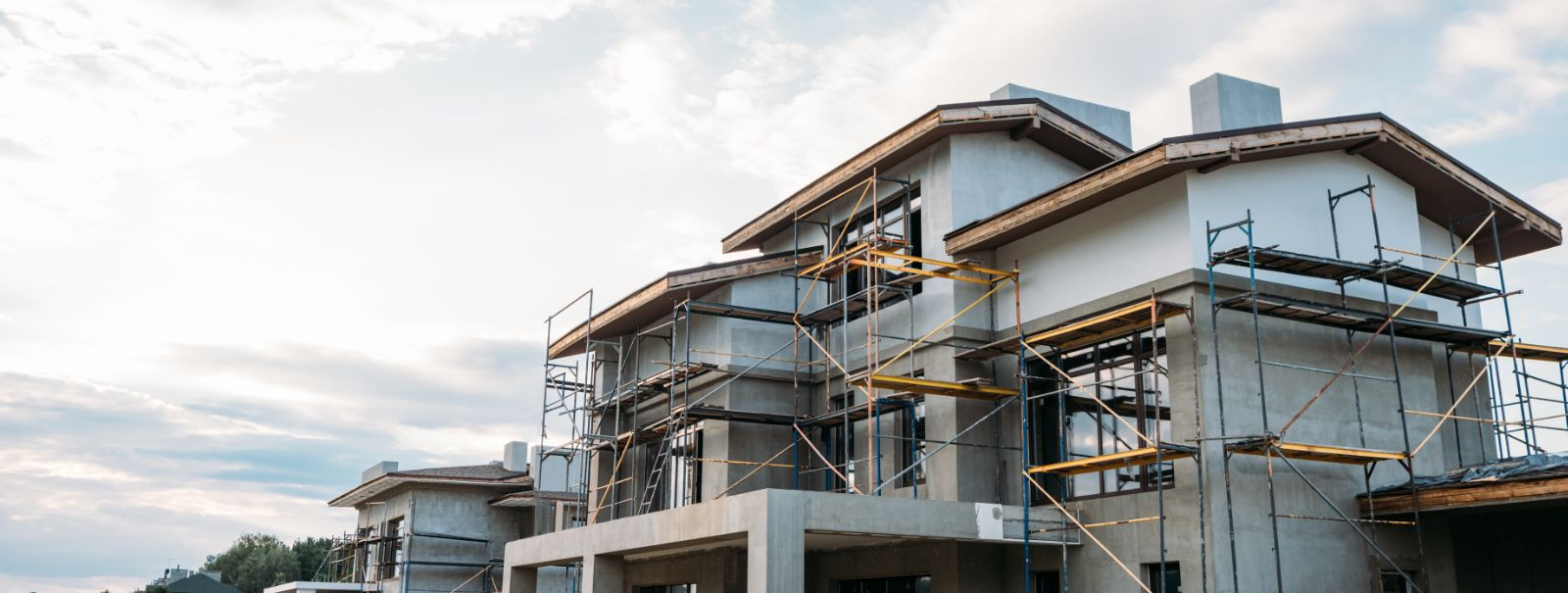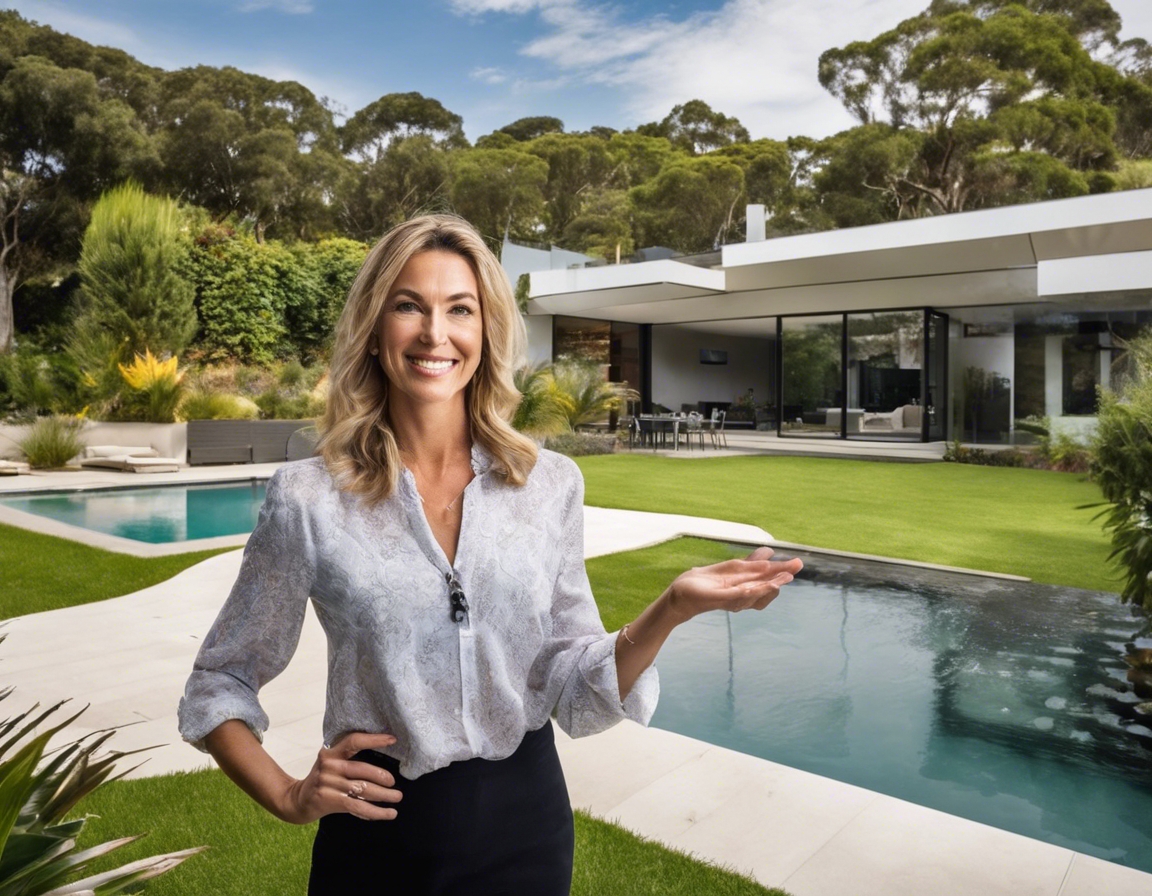5 trends shaping the future of residential construction
The landscape of residential construction is undergoing a significant transformation, driven by a combination of technological innovation, environmental concerns, and evolving homeowner preferences. As ALDOMAIN OÜ looks to the future, we are keenly aware of the trends that are shaping our industry and influencing the way we design, build, and renovate homes for our discerning clients.
1. Sustainable and Green Building Practices
One of the most significant shifts in residential construction is the move towards materials that are not only durable and aesthetically pleasing but also environmentally responsible. From bamboo flooring to recycled steel beams, the use of sustainable materials is becoming a cornerstone of modern home construction.
Energy-efficient homes are no longer a luxury but a standard that homeowners expect. The integration of solar panels, geothermal systems, and other renewable energy sources is becoming commonplace, as is the use of high-performance insulation and windows to reduce energy consumption.
Water scarcity is a growing concern, and residential construction is responding with innovative water conservation techniques. Low-flow fixtures, rainwater harvesting systems, and drought-resistant landscaping are just a few examples of how homes are being designed to use water more efficiently.
2. Technological Advancements in Construction
Building Information Modeling (BIM) is revolutionizing the construction process by allowing architects, engineers, and contractors to collaborate more effectively. This technology enables the creation of digital representations of physical and functional characteristics of spaces, improving accuracy and efficiency.
The advent of 3D printing and modular construction is streamlining the building process, reducing waste, and allowing for more complex designs. These methods also enable faster construction times and can be particularly beneficial in areas with labor shortages.
Smart home technology is becoming a standard feature in new homes, offering homeowners convenience, security, and energy savings. From intelligent thermostats to automated lighting systems, technology is making homes more responsive to the needs of their inhabitants.
3. Design Innovations for Modern Living
The modern homeowner values flexibility in their living spaces. Homes are being designed with adaptable rooms that can easily transition from home offices to guest rooms, reflecting the dynamic nature of contemporary lifestyles.
There is a growing emphasis on creating environments that promote health and wellness. This includes the use of non-toxic materials, improved indoor air quality systems, and designs that encourage physical activity and connection to nature.
Outdoor living spaces and biophilic design principles are being incorporated into residential construction to enhance the connection between the indoors and the natural world. This trend is about more than just aesthetics; it's about improving the well-being of residents by bringing nature closer to home.
4. Urbanization and Compact Living Solutions
As urban areas become more densely populated, the demand for compact living solutions is on the rise. Micro-apartments and innovative space-saving designs are becoming increasingly popular, offering urban dwellers efficient and affordable living options.
The trend towards vertical living and mixed-use developments is reshaping urban landscapes. These projects combine residential, commercial, and recreational spaces, creating vibrant communities that cater to the needs of modern city life.
5. Regulatory Changes and Building Codes
As the effects of climate change become more pronounced, building codes and regulations are evolving to ensure that homes can withstand extreme weather events and environmental challenges. This includes the adoption of more stringent standards for energy efficiency and disaster resilience.
The principles of accessibility and universal design are becoming more prevalent in residential construction. These design strategies ensure that homes are safe and comfortable for people of all ages and abilities, reflecting a commitment to inclusivity and long-term livability.






Comments (0)